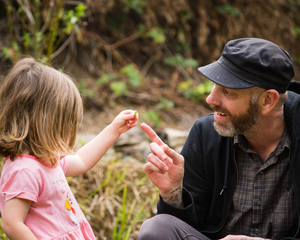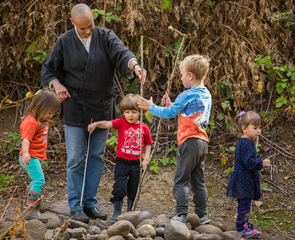A big thanks to our intern Lindsey for writing this post about activity centers!
Parents often wonder how they can support their children’s learning in the Montessori classroom at home. Activity centers, created with items often already found around the home, can help both parents and children maintain an orderly and intellectually stimulating home environment inspired by Montessori fundamentals. Children are learning every minute of every day, absorbing information from their environments and experiences. The home is the first “classroom” children have the opportunity to explore, building skills and knowledge in the crucial and formative years of early childhood. Attractive, enticing, organized, and child-size activity centers provide ways for children to learn independently, serving their inner developmental needs.
Deciding on themes Activity centers should be based around themes that your child is interested in, using materials already found at home. They should also build independence and ease of the child doing practical things for him or herself. Examples of themes include dramatic play area (dress up, dolls, animal figurines, etc), building center, woodworking space, reading nook, art center, science table, fine motor practice, music corner and many more. Look at the items you already have, and consider what your child likes doing. Switch out the materials periodically instead of having everything out at once. This rotation and having fewer items out will give the child more of a capacity to clean up after themselves and keep them more interested.
This photo shows an example of a logically organized, child-sized kitchen activity center for the child to pour water, make snack, and clean up. Something like this could also be set up at a low table in a small area of the kitchen.
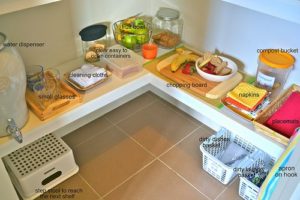
However, activities centers do not have to be this large and involved. A basket and a rug in the corner of a room could designate a place for puzzles or building blocks. If your child is interested in science, put out simple science materials at a child-sized table. This photo provides an example of an easy science experiment that is quick to set up.
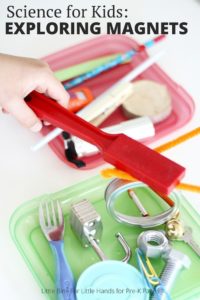
Another easy area to develop is an art center, especially if you already have many art items at home. A simple easel in the corner of the room with rotated items such as pencils, scissors, tape, paint, markers, stamps, recycled materials, etc could comprise an art center.
A reading nook can be a cozy place for your child to enjoy books independently. A small rug, pillows or child-sized chair, and a small shelf for displaying books is all you really need!
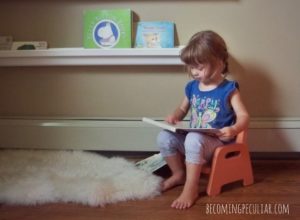
Below are several examples of fine motor activities that are simple to create from materials already found at home. These could be switched out weekly and kept at a small table.
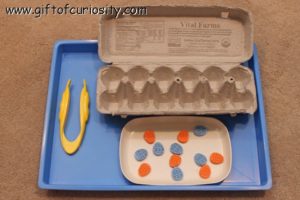
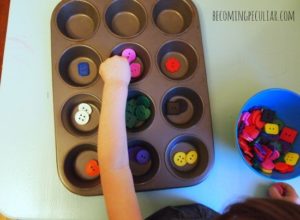
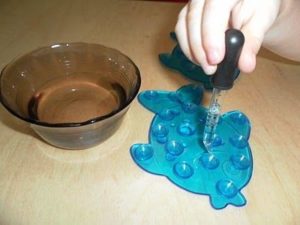
Where to place activity centers Think about where your child spends the most time. This is likely in the areas where adults spend the most time as well! Consider placing activity centers in these areas, such as in the kitchen, garage, living room, or office. These centers don’t have to take up a large amount of space, and if you use furniture or rugs to mark off a “workspace”, organize the items, and minimize what is available at one time, you will likely find it is much easier for your child to clean up and work independently, building confidence and relieving clutter.
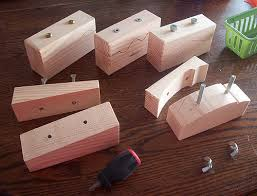
The above picture shows a simple woodworking activity for a center in the garage, outside, or in another work area. Below is a photo of a pretend play center that could be set up in a living room or bedroom.
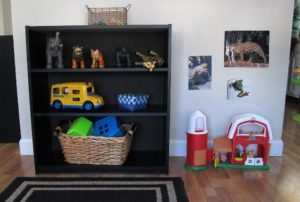
To summarize, activity centers are minimal and simple areas geared toward your child’s development, creating interest and opportunities for exploration and learning in the home environment. They can take up minimal space and use common household items and toys your child already owns, designed in a way to encourage independence and self-discovery.
